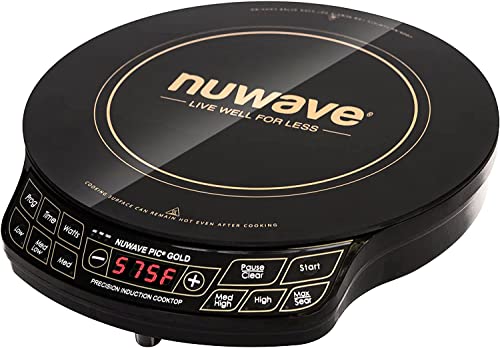SternWake
Well-known member
- Joined
- Nov 30, 2013
- Messages
- 3,874
- Reaction score
- 2
If not cycling the batteries nightly, then absorption voltage does not need to be held for as long as it would if the battery were cycled deeply the night before. This is another reason why I recommend the charge controller with adjustable setpoints even if it is more than one wants to spend initially.
The Wagan 400 watt will charge the makita batteries fine. I have the same wagan and i bought it primarily for the makita charger.
Replace those 6 incandescent 194 bulbs with LED bulbs and your power consumption will lower drastically.
These are my favorite 194's, great warmish color, more efficient than most LED bulbs, but a little pricey.
http://www.amazon.com/Philips-12966...71097526&sr=1-43&keywords=t+10++white+led+168
These are twice as bright as a 194 incandescent but fire forward and will not make use of more reflectors, but in my opinion it does not need to. Much better than all other 194 t10 wedge base bulbs i've tried, and I have dozens I've tried. a few were fairly good, most were too dim and too blue and some just outright failed with not too much use.
do you have 2 house batteries or just one house and one engine battery?
I have 200 watts and use just one flooded group 31 battery at 130 Amp hours and the two make for a happy combo, and my usage is similar, very similar to your expected usage.
The key is really being able to change solar absorption setpoints, and even if going overbudget to get this adjustable controller, it will save you money in the long run, especially since you have more expensive AGM batteries.
The Wagan 400 watt will charge the makita batteries fine. I have the same wagan and i bought it primarily for the makita charger.
Replace those 6 incandescent 194 bulbs with LED bulbs and your power consumption will lower drastically.
These are my favorite 194's, great warmish color, more efficient than most LED bulbs, but a little pricey.
http://www.amazon.com/Philips-12966...71097526&sr=1-43&keywords=t+10++white+led+168
These are twice as bright as a 194 incandescent but fire forward and will not make use of more reflectors, but in my opinion it does not need to. Much better than all other 194 t10 wedge base bulbs i've tried, and I have dozens I've tried. a few were fairly good, most were too dim and too blue and some just outright failed with not too much use.
do you have 2 house batteries or just one house and one engine battery?
I have 200 watts and use just one flooded group 31 battery at 130 Amp hours and the two make for a happy combo, and my usage is similar, very similar to your expected usage.
The key is really being able to change solar absorption setpoints, and even if going overbudget to get this adjustable controller, it will save you money in the long run, especially since you have more expensive AGM batteries.









































































